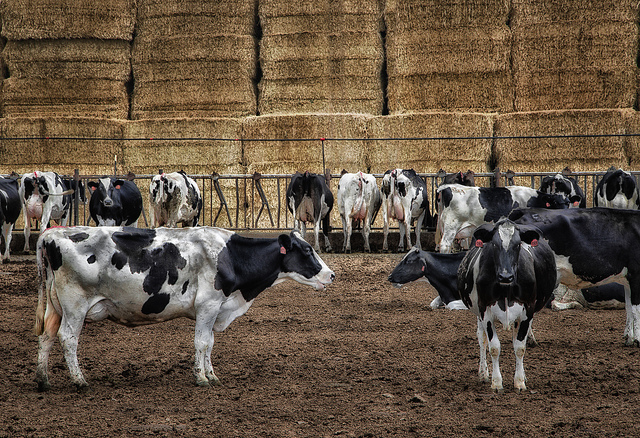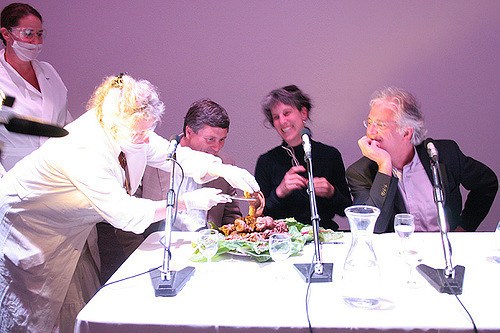Improving Welfare In Halal Meat Production
Different cultures have different food practices and often those practices are tied to religious beliefs. One of the most common sets of cultural/religious food restrictions is based on halal rules that are adhered to by millions of consumers around the world. Halal slaughter meets various spiritual guidelines that are supposed to be related to the welfare of the animals being slaughtered. The reality, according to many researchers, is that “abuses occur throughout the supply chain for both the industrial and ‘cottage’ production of halal meat.” These abuses can include handling of animals throughout transportation, lack of access to water, beatings, and long slaughter times. “Despite the clear guidance and zero tolerance stance of Islam and secular sources,” researchers say, “poor practices and animal abuse still happen in the halal and non-halal meat production supply chain.”
This review looked at animal welfare issues relating to halal production and slaughter. It provides “solutions with emphasis on the industrial production of halal red meat.” The first tenet of eating halal involves a prohibition from eating anything that comes from a pig or carnivorous animals, as well as not consuming alcohol or other intoxicants. Halal slaughter is a detailed process but has yet to be adapted to industrial settings. This review goes through the various aspects of halal production and slaughter, describing both the “ideal” methods as well as the issue that arise in practice. The researchers examine how the animals are restrained during transport, how they are restrained at the time of slaughter, and how to regulate the sharpness of knives used to make killing cuts.
The full article is quite detailed, but one particular aspect of the discussion is highlighted: pre-slaughter stunning. The authors note that “despite general harmony in the global Islamic and secular views regarding what constitutes good animal welfare,” the issue of pre-slaughter stunning is one that the halal debate is “bogged down in.” Pre-slaughter stunning is controversial in halal because only “healthy” animals are supposed to be slaughtered in halal production. Whether or not a stunning method is allowed in halal slaughter depends on:
1) whether the animal remains alive (is able to recover and live a normal animal life if not slaughtered) following the stunning (Hayat Mustaqirr) and prior to slaughter; 2) whether the act of stunning in itself is painful to the animal being stunned; 3) whether or not the stunning affects the flow of blood after slaughter.
If the method of stunning meets all of those requirements, then it is permissible in halal. But determining whether or not a particular method meets this definition is inherently difficult.
What does a review like this do for animal advocates, and for the animals themselves? Halal is meant to be a good thing, a religiously enacted “zero-tolerance” policy for animal abuse in the meat supply chain. But it is often difficult to attain the ideals we set forward. The researchers here suggest some responses: “educating halal consumers to advocate for improved animal welfare practices through mosque-based sermons,” and “pre-employment testing of applicants and post-employment training of staff for empathy and compassion.” They also recommend more rigorous regulation such as “taking deterrence measures against welfare abuse such as the installation of CCTV and related technologies in work places, and the incorporation of animal welfare audits in the halal regulatory and certification systems.”
These are good suggestions and could improve animal welfare in the halal supply chain, and possibly the farmed animal supply chain more generally. Considering the high demand for “real halal” meat, this review and discussion come at a very important time.

















